Must-see Japanese landmarks. Once you get past the vending machines, bizarre but fun maid cafes, Shinkansen bullet trains, and conveyor belts overflowing with sushi, it is time to explore some of Japan’s history. Japan has had a long history of isolation beginning in 1633, where foreigners were banned from entering the island nation. The isolation ended when the American Black Ships under Commodore Matthew Perry forced the nation to open to the outside world in 1853. The creation of the Empire of Japan soon followed which ushered in a series of military adventures which culminated in a brutal defeat in WWII in 1945. Throughout its history Japan developed a unique culture with almost 99% of the country being ethnically Japanese.
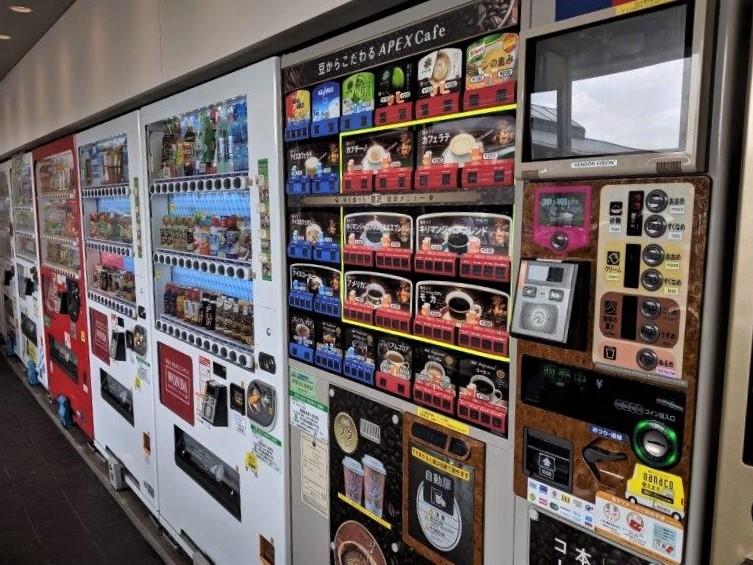
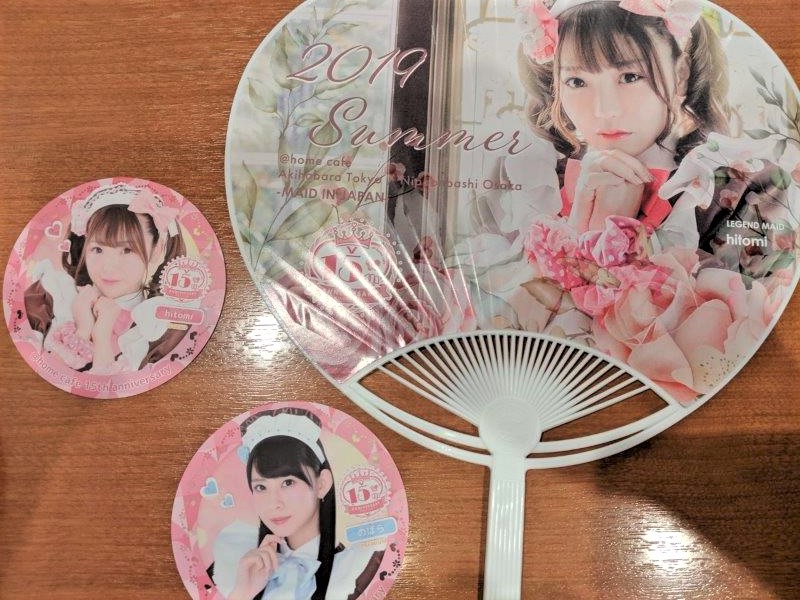
During my visit, I was able to explore the must-see Japanese landmarks, both magnificent religious and historical landmarks.
Osaka
Osaka traces its history to the 4th century as a vibrant port city, to an imperial capital in the 7th century, to the cultural center in the 17th century, and today as the nation’s kitchen.
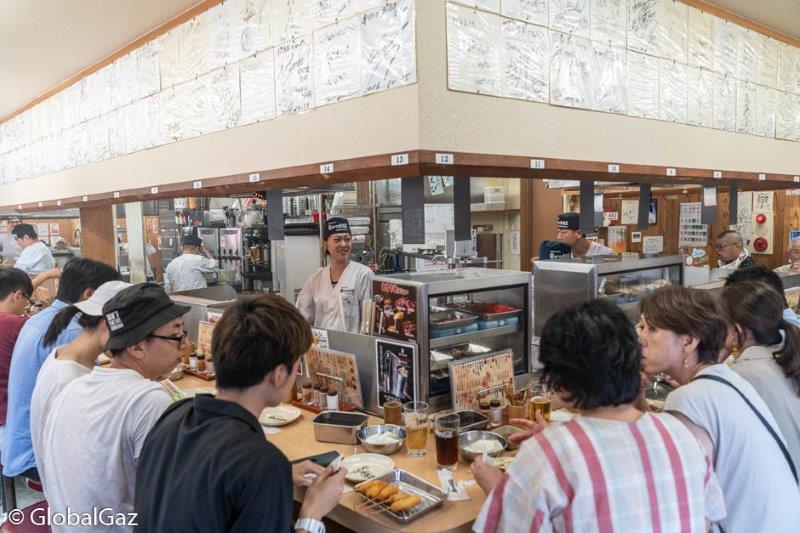
Glico, a confectionary company, is a well-known brand throughout Japan, especially for its flagship product, Pocky (try some, it’s delicious). This Osaka-based company has been using the same logo of a “running man” for close to 100 years. A towering, brilliant neon sign of the “running man” hovers over the Dōtonbori canal. A famous landmark to visit to Osaka.
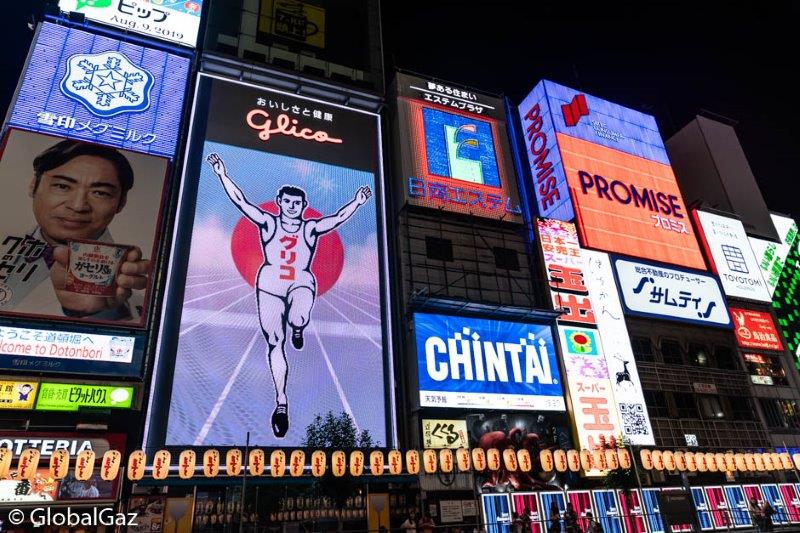
But, when most people think of Osaka, they think of the Osaka Castle. The Osaka Castle is a stunning, multi-level structure located in a leafy green park in the middle of a dense city. The castle played a role in the unification of Japan in the 16th century. Throughout its history, the Osaka Castle, has been subject to fires, attacks, and bombings. It has been rebuilt several times over the centuries. In 1997, the castle was restored a final time, in a concrete reproduction. Regardless, to the viewer, it is an amazing landmark that follows Japanese history.

Hiroshima
The name Hiroshima evokes the horror of the first atomic bomb ever used on mankind. A solemn visit to the Hiroshima Peace Memorial Park should be a mandatory stop to learn about this tragedy.

Hiroshima also has a prominent monument, the Hiroshima Castle. The original castle dates to the 16th century but was unfortunately destroyed in the atomic blast of 1945. A beautiful replica sits in a park encircled by a moat.
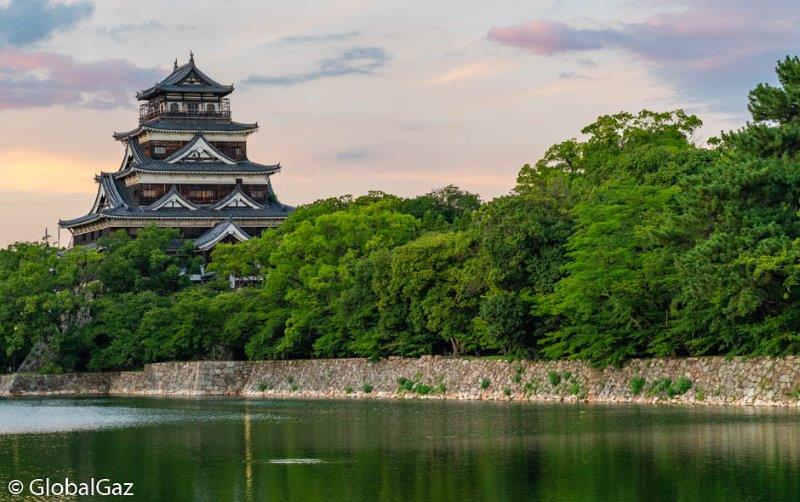
I am a G Wanderer, meaning G Adventures sent me on their small group adventure to explore Japan. Take a look at my itinerary and join one of their small group trips. G Adventures operates in over 100 countries, including must-see locations like Antarctica and the Galapagos Islands.
Miyajima
Miyajima officially known as the island of Itsukushima is a brief ferry ride from Hiroshima. Miyajima is a popular visit for locals as well as foreigners to visit. It is known for the Itsukushima Shrine with its world famous torii that serves as a national symbol. A torii, which you will see often in Japan, is a traditional gate mostly found in front of Shinto shrines. It symbolizes the transition from the ordinary to the sacred. Unfortunately, during my visit, the Itsukushima Torii, which sits in the ocean, was covered in scaffolding.
That simply means taking the time to make lemonade out of lemons and explore the island a little bit more. Take a brief walk up a hill behind the Itsukushima Shrine and you will find the 9th century Daishō-in temple complex. As you climb the hill and enter the complex, you will be greeted by over 500 stone figures. These are the disciples of Shaka Nyorai, considered in Japan to be the historical Buddha. Each one of the figures has a unique facial expression.
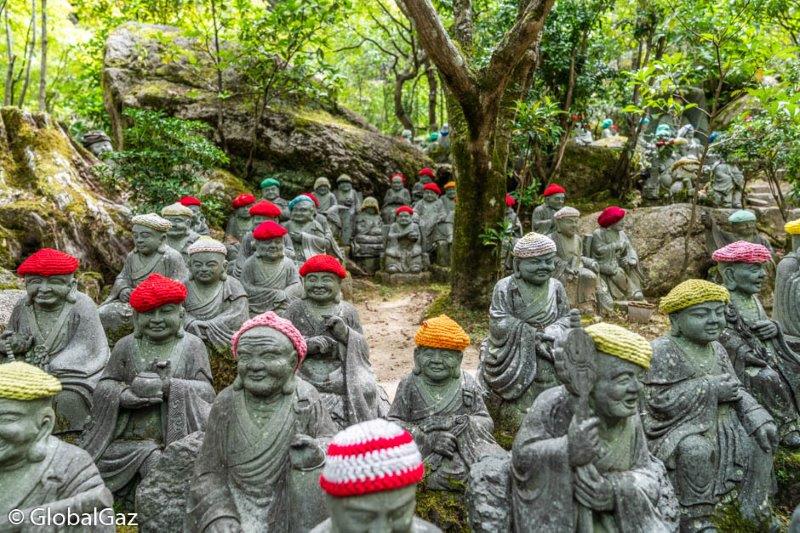
The true highlight of my visit was the Henjokutsu Cave which houses dozens of Buddhist icons representing the 88 temples of the Shikoku pilgrimage route. Adherents believe by visiting this temple they will receive the same blessing as if completing the pilgrimage route. When entering the dimly lit structure, your eyes will need a moment to adjust, but you will be astounded by the array of lanterns illuminating the room. It is a beautiful sight.

Kyoto
In the 8th century, Kyoto was named the seat of the imperial court and would rule Japan until 1869 when the capital was moved to Tokyo. Kyoto is considered to be the cultural capital of Japan and the many historical landmarks are collectively considered a UNESCO World Heritage Sites. This city thankfully was spared from large scale destruction during WWII resulting in the preservation of many of its historical monuments.
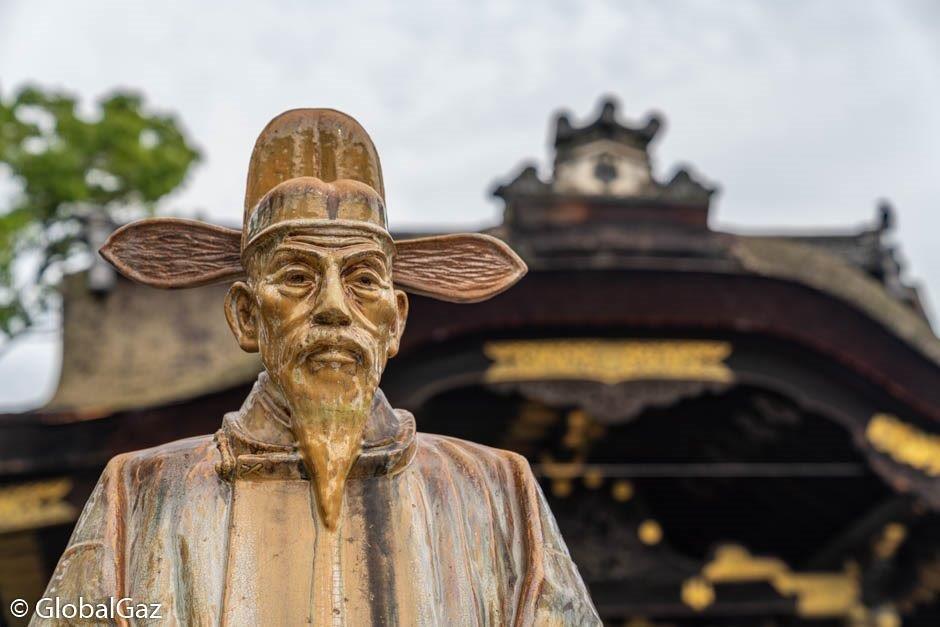
Kyoto is a tremendously popular tourist destination. While there are scores of temples, the popular landmarks are overflowing with tourists. To avoid this over-tourism, make sure you visit some of the 2nd tier (in terms of number of tourist) temples. Also, summer temperatures can be brutally hot with temperatures (with the heat index) exceeding 100 F. I spent five days exploring Kyoto, enjoying its history and here are some of my favorite temples.
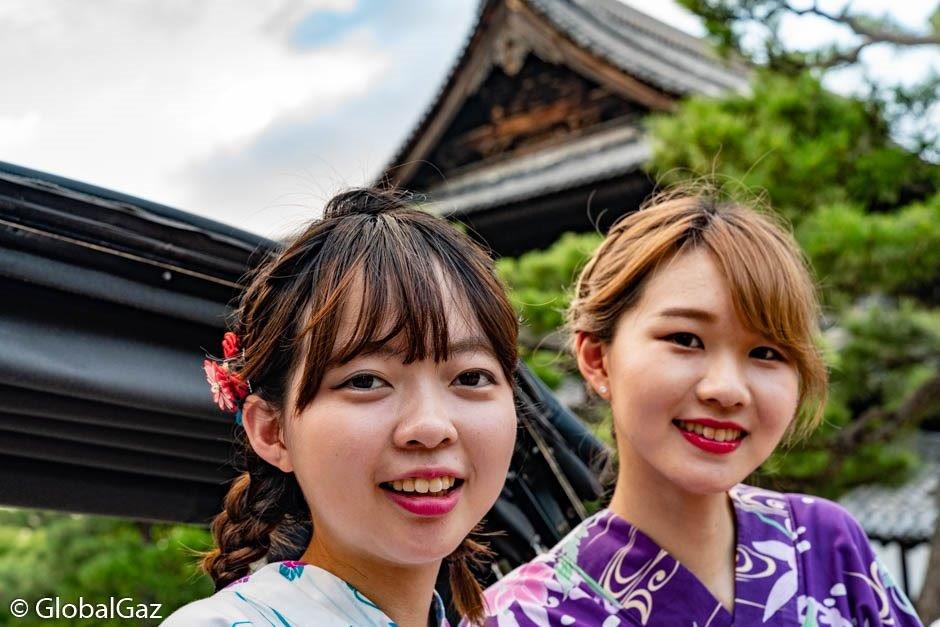
Kinkaku-ji (Golden Temple)
Kinkaku-ji is a Zen Buddhist temple, which dates to the 14th century. It is one of the most popular temples in Kyoto with big crowds of admirers. The setting is beautiful with the Golden Temple resting next to a pond and adjoining gardens. The three-story structure houses precious Buddhist relics and the top two floors are covered in gold leaf. And Kinkaku-ji is one of the 17 locations making up the Historic Monuments of Ancient Kyoto which are World Heritage Sites.

Fushimi Inari-taisha
Fushimi Inari-taisha is an Instagram star and rightly so. Thousands of rich orange torii gates trace a path up Mount Inari. Each torii is donated by an individual with the name of the donor. A torii gate is found at many Shinto shrines and symbolize the transition from the pedestrian to the sacred. Fushimi Inari-taisha, whose history dates to the 8th century, serves as the headquarters for all 30,000 Inari shrines throughout the nation.
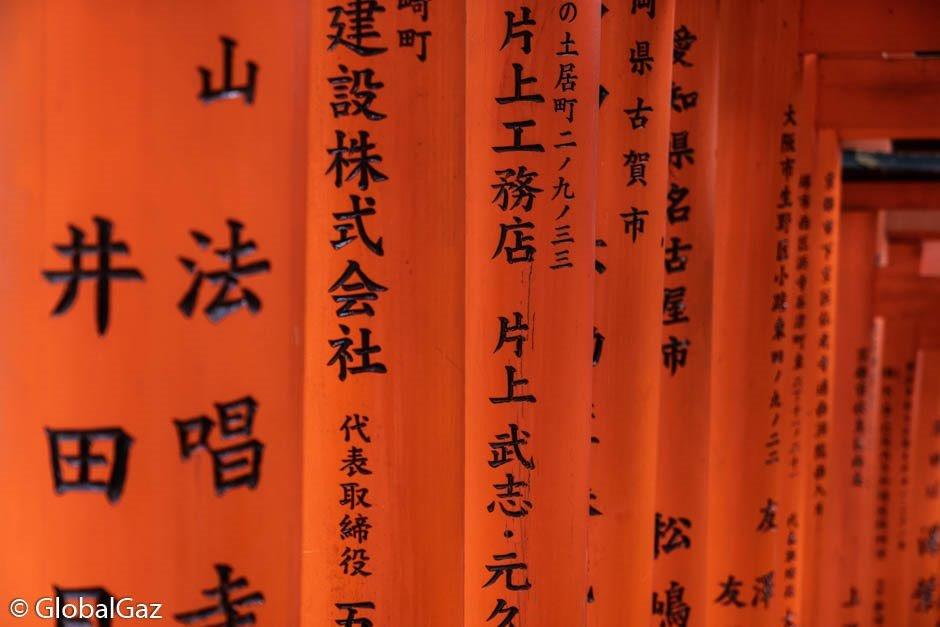
The path up the hill is a sweaty (at least in summer) 2.5 mile walk which will bring you to the 764 foot summit. You will be able to admire thousands of torii gates and numerous shrines. At the summit, you will be greeted with some fantastic views of Kyoto.
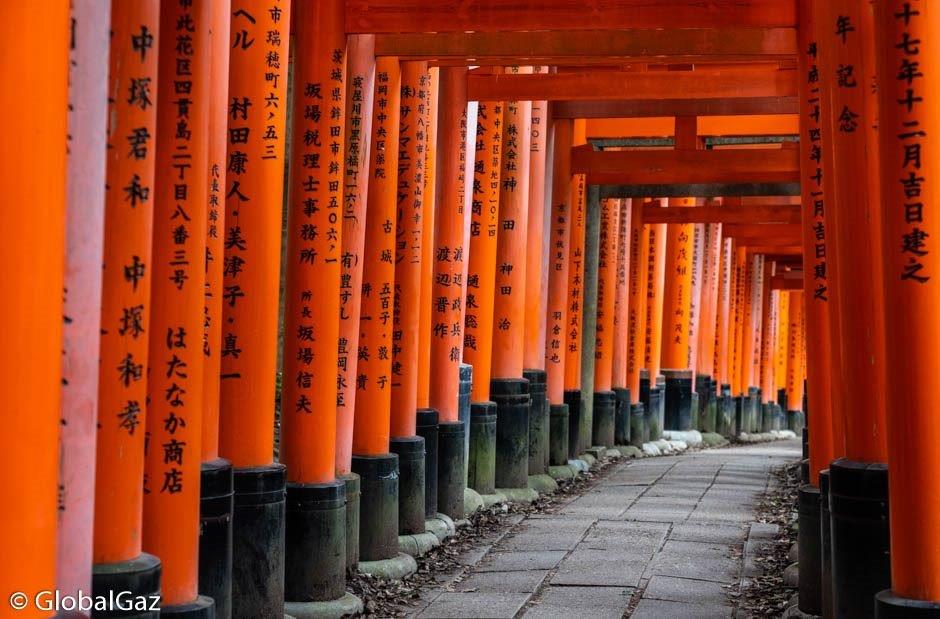
As you explore Fushimi Inari-taisha you will note many foxes, the statue type, not real ones. These kitsune symbolize the messengers for the Inari, the god of agriculture and business.
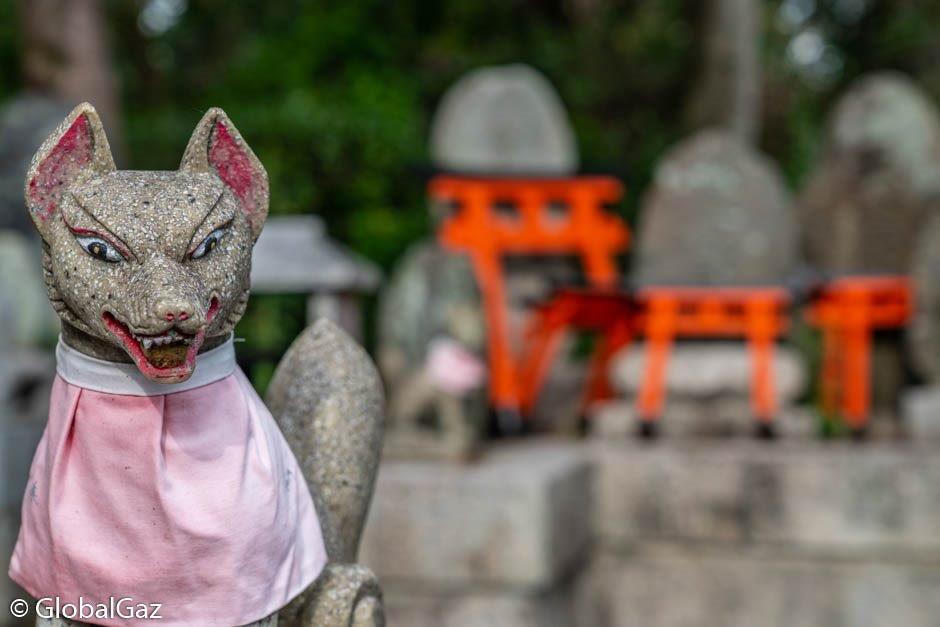
This shine is incredibly popular with tourists as you will note on social media. It is best to visit earlier in the morning or later in the day to avoid the crowds. With a bit of patience, wait for the crowds to thin so you can capture your perfect photo.

Kiyomizu-dera
This 8th century temple is also part of the Historic Monuments of Ancient Kyoto which are World Heritage Sites. This popular temple sits on top of a wooded hill. A popular expression in Japan, “to jump off the stage at Kiyomizu” was coined at this temple, which is the equivalent of “to take the plunge”. It was believed if someone jumped from the temple’s stage and survived the 43-foot drop, your wishes would be granted. There were 234 recorded jumps until this practice was banned in 1872. Eighty-five percent of those jumpers should be considered lucky since they did not die. There are no statistics whether their wishes were granted.

Toji
The Toji Temple Complex is an 8th century Shingon Buddhist temple. This is an important temple; it was only one of three temples allowed in Kyoto when it became the capital of Japan. Toji is best known for a towering wooden pagoda topping out at 180 feet. It is set in a garden complete with koi pond. While this is a beautiful and important temple, it was nearly empty compared to some of the others that I visited.
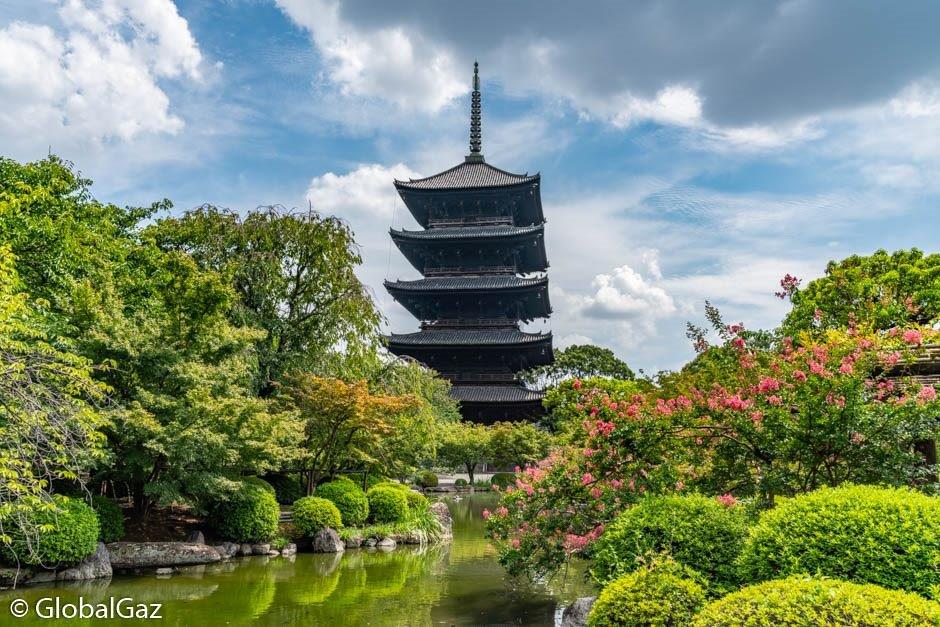
Want to learn more about Japan? What to eat in Japan if you do not like seafood or sushi. Or you can check out one of my favorite restaurants in Osaka, eating kushikatsu.
Hope you enjoyed reading about must-see Japanese landmarks.

Photos From Chernobyl
Sign up to receive your free copy of Photos From Chernobyl. Over 100 photos from the Chernobyl Exclusion Zone.

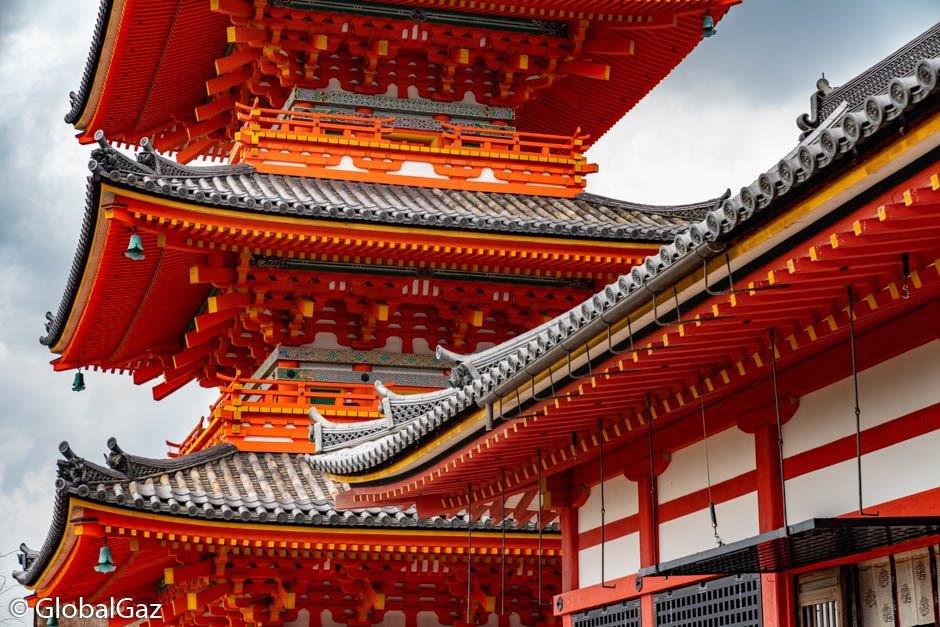
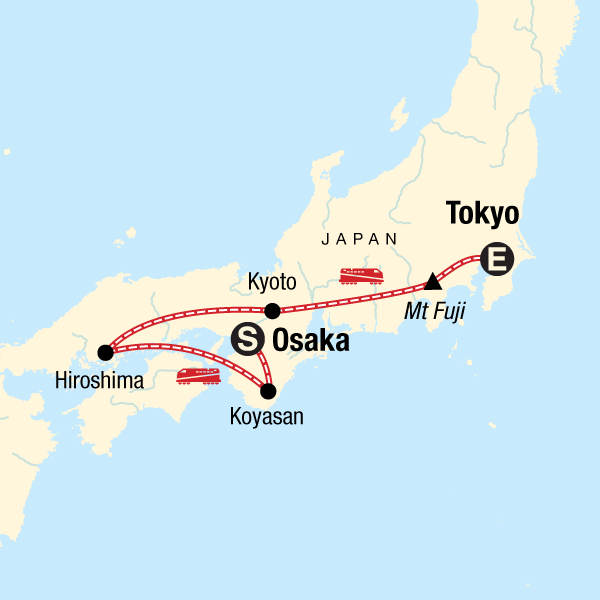
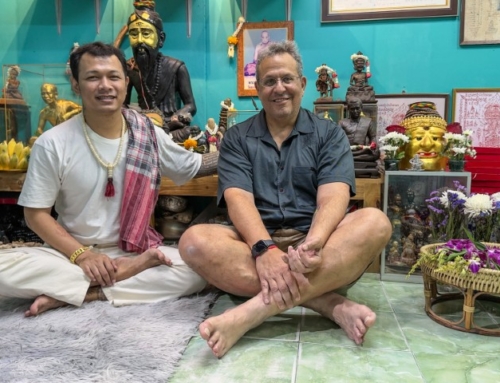

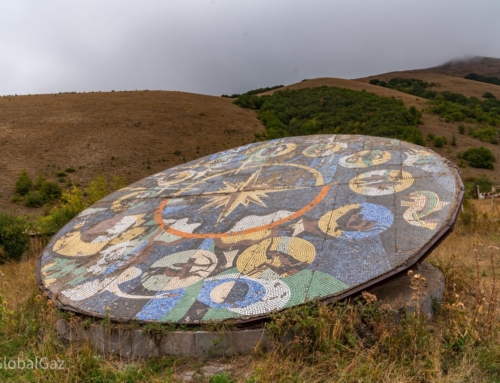
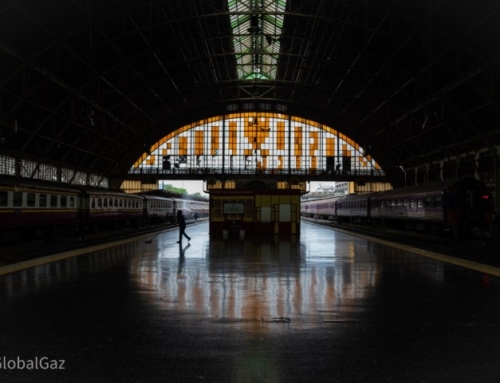
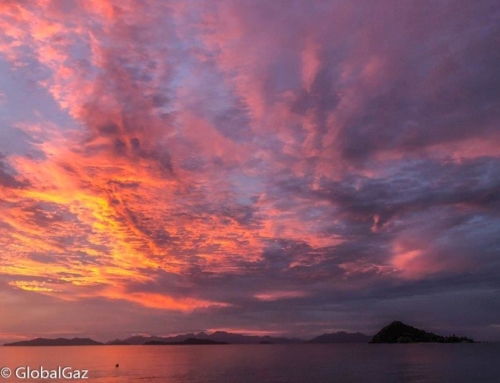
[…] is another one of those not-to-miss Japanese landmarks and you have likely seen the beautiful photos of the thousands of orange torii gates that ascend up […]
[…] along with every other tourist in Kyoto will want to see the Fushimi Inari Shrine (check out more Must-See Japanese landmarks here!) in hopes of catching that epic shot of the orange gates. If you want to catch a tourist-free […]
[…] I had been here twice before, but my first time leaving the confines of Tokyo, Japan. I was able to explore Osaka, Hiroshima, and Kyoto among others. A fascinating country, with my […]